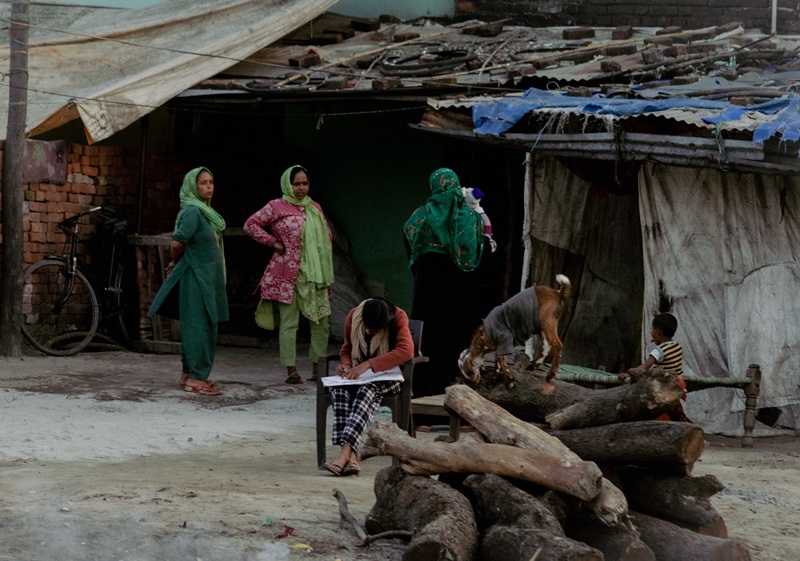Women of the lower economic groups still continue to struggle to make ends meet.
KRITI KAUSHIK
Looking back a hundred years in the history of India gives us a fairly good idea as to what “nationalism” and “nation-building” truly signified. Over the top it seemed as if everyone was united for a cause, which was to seek Independence from the British Raj. However, critics such as Partha Chatterjee had something else to say. In his literary work titled ‘Nation and its Fragments’, he points out that the emerging Nationalism was in fact a vastly masculine, upper-caste, upper-class and without any doubt a patriarchal construct. Although it looked like women were a part of things, it was not entirely so; only a few of the then educated women were able to participate in the process of Nation building to whatever little extent. Women were a highly fragmented part of society. While nationalism and nationalistic ideologies did win the country freedom, it also allowed a ‘Nationalist Elite’ to be born who were again highly male dominated and who believed that by going in the same direction as their predecessors they could do the country good.
Development was laid much focus on, in terms of improvement of infrastructure, building of dams, setting up of factories and provision of employment opportunities. In this process of imitation of the West, as Franz Fanon says in ‘Black Skin, White Mask’, certain fragments of the Nation were left out. One of the pioneer moves of abolishing the Zamindari system however, became a ray of hope in the lives of peasants, although it was highly opposed by many at the time. Agriculture contributed majorly to the GDP of the Nation, while industrial and service sectors were booming at a slow pace. All sorts of changes were happening in the country; a country that was so new and at chaos.
Over the decades things have changed immensely, some for the better and some for the worse. The political realm of the Nation has seen a whirlwind of change with various parties coming to power while one dominated for most part. There have been ups and downs in terms of policies, economics, laws, and nation building on the whole. Some of the fragments have become part of the whole; with immense importance being laid on development and competing with the West, many sections have benefited, however a group of women have remained so.
With the introduction of compulsory education for all, India’s female literacy rate which has gone up by a small margin but still remains at 22 points below the world average. This lack prevents them from participating in skilled workforce, thereby limiting their scope of contribution to the economy. Studies have shown that a woman’s education has a larger role to play in the lives of the future generation in comparison to that of a man. Women from higher income groups have had the opportunities to be educated thereby giving their future generations the same chance and therefore the key to a better future. But women of the lower economic groups still continue to struggle to make ends meet, let alone educate their children. Overall, India has had only three women leaders at the top with the third one having been elected recently out of a total of 29 leaders who have held office. This is a reflection of what may possibly be a deficit in the mindset of the country.
∎